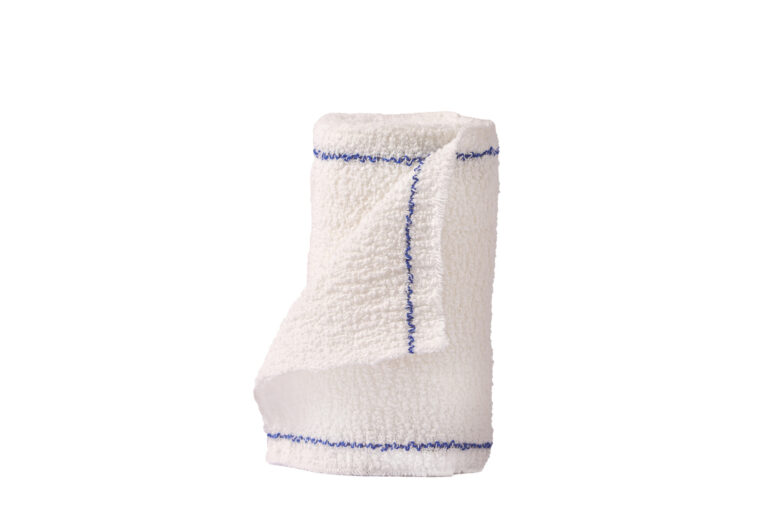Crepe bandages, characterized by their crinkled texture and elastic properties, are indispensable in healthcare settings, serving as versatile aids in injury management and recovery. Made from woven cotton, elastic fibers, or synthetic blends, these bandages combine flexibility with controlled compression, making them ideal for diverse medical applications.
Their primary function lies in providing graduated pressure: applying firm yet adjustable tension to limbs to reduce swelling, stabilize injuries, or secure dressings. In acute cases like sprains, strains, or joint dislocations, crepe bandages limit excessive movement, accelerating healing by minimizing further damage. They also aid in managing chronic conditions such as venous insufficiency, where consistent pressure promotes blood circulation.
Design-wise, crepe bandages feature a unique stretchable structure that conforms to body contours—from ankles and wrists to larger areas like thighs. This adaptability ensures comfort during wear, even with movement, while preventing constriction that could impede blood flow. Most variants are breathable, reducing moisture buildup and lowering the risk of skin irritation, a key advantage for extended use.
Application techniques vary by purpose. For swelling, a “figure-eight” wrap around joints balances compression and mobility. When securing dressings, overlapping layers (typically 50% coverage) ensure stability without shifting. It is crucial to avoid over-tightening, as this can cause numbness or tissue damage, highlighting the need for proper training in their use.
Modern crepe bandages come in different weights: lightweight for minor sprains, medium for moderate support, and heavy-duty for post-surgical immobilization. Sterile versions are available for open wounds, while non-sterile types suit general use. Their affordability and disposability further enhance their utility in both clinical and home care settings.
In essence, crepe bandages bridge functionality and accessibility, proving vital in first aid kits, hospitals, and rehabilitation centers. Their ability to adapt to varied medical needs—from emergency injury stabilization to long-term recovery support—solidifies their role as a cornerstone of practical medical care.

